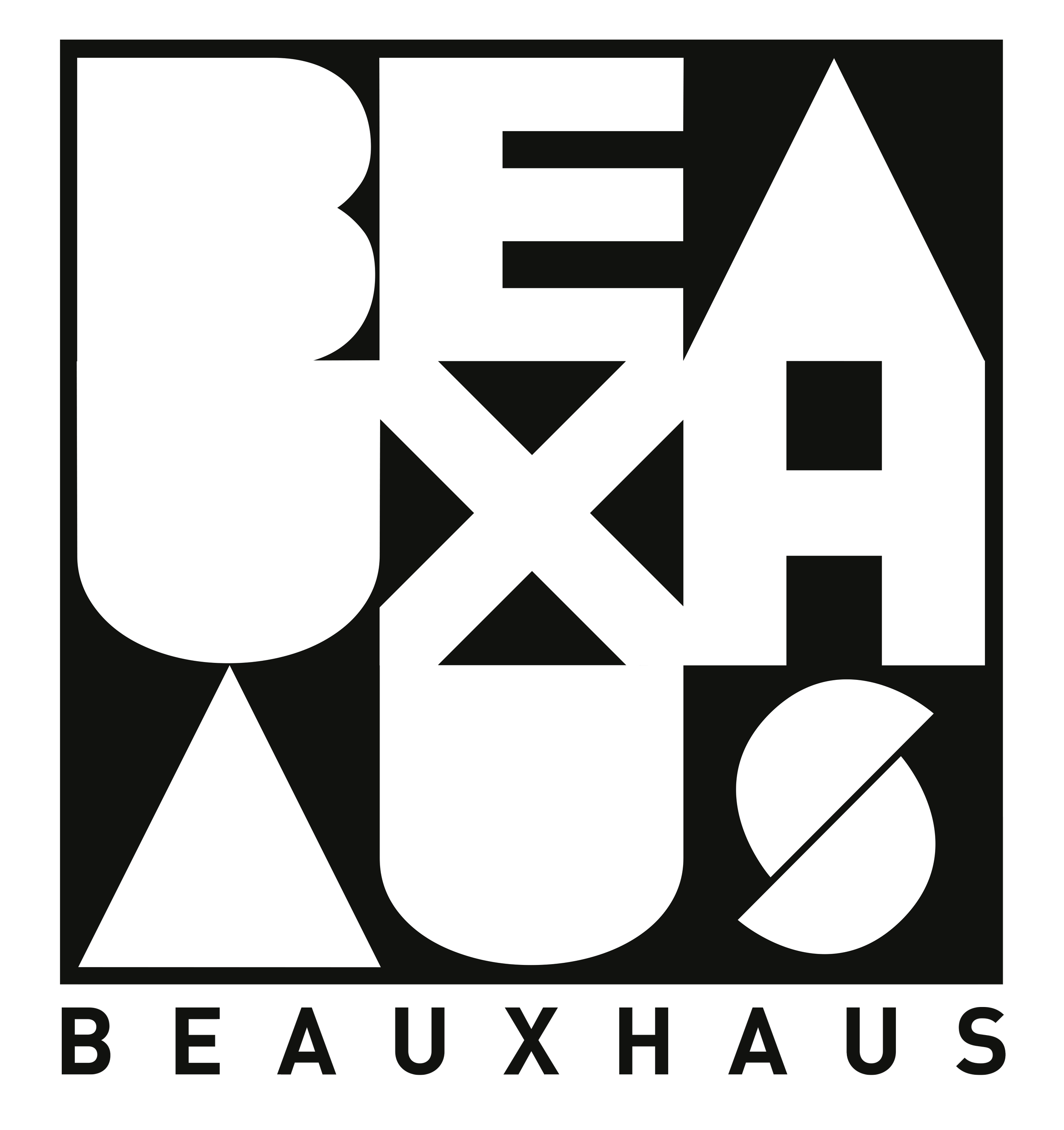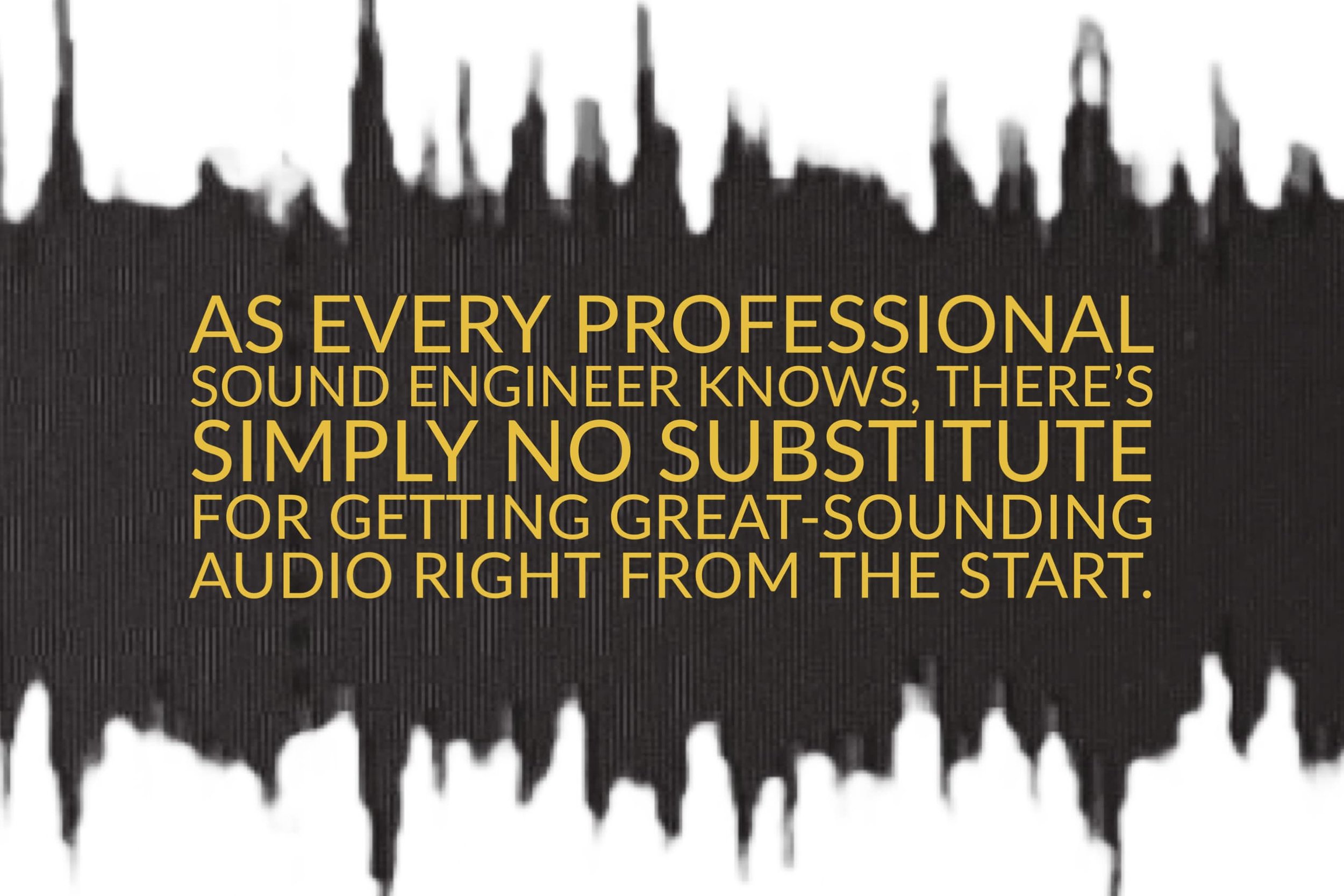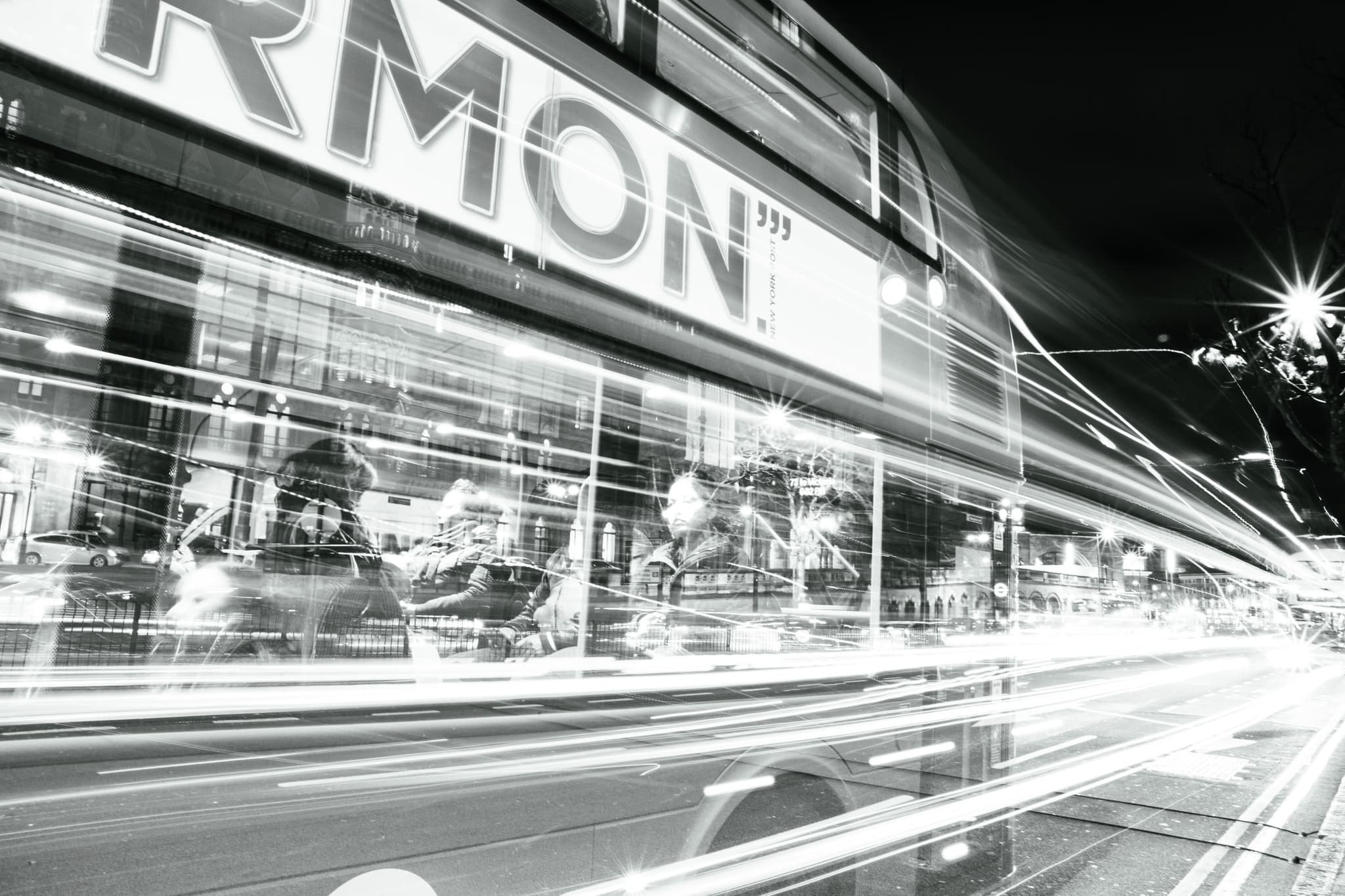How to Record a Podcast in 2024: A Guide for B2B Businesses
The world of podcasting has evolved significantly, and it continues to do so in 2024. With the advent of new technologies and an expanding listener base, producing a quality podcast to help promote your brand, engage your target audience and share your valuable ideas has never been more achievable. Whether you're a seasoned business podcaster or just embarking on your B2B podcasting venture, this user-friendly guide on how to record a podcast outlines the necessary steps to engage your target audience and create a lasting impact. Ready to claim your spot in the highly competitive podcasting industry? This guide is for you.
Alternatively, if you’re looking for a done-for-you business podcast service, check out our B2B podcast production services page.
Short Summary
Craft compelling content for your podcast by selecting the right topic and identifying your target audience.
Achieve optimal audio quality by applying industry standards for audio recording: employing professional equipment, implementing effective soundproofing techniques and utilising the best podcast recording software options.
Invest in quality tools to maintain a consistent, high-quality podcast.
Choosing the Right Podcast Topic
Choosing the right topic is crucial for producing high-quality podcasts. It's important to select a suitable subject that will capture the attention and interest of your intended audience, establishing a strong connection with your listeners and determining the success of your podcast.
But what is the secret to finding the ideal topic?
Identifying Your Target Audience
In order to create engaging podcast content, you'll first need to clearly define the niche of your podcast and identify your target audience. This allows you to create personalised content that resonates with your listeners and keeps them fully engaged.
By gaining an understanding of their interests and the topics they're passionate about, you can tailor your content to meet their specific needs and preferences, resulting in relevant, compelling content that speaks directly to the unique interests and needs of your listener persona.
Researching Trending Topics
Keeping your finger on the pulse of what's trending in your industry is a vital part of selecting podcast topics. By utilising helpful tools such as Google Trends, Reddit, and Twitter, you can easily monitor the latest industry trends and subjects under discussion. Stay informed and up-to-date with these resources to make your podcast content more engaging and relevant to your audience.
This approach not only ensures relevance, but also captivates your target audience's attention with engaging, thought-provoking content that can give you a competitive edge in your market.
Aligning with Your Passion
Finally, to truly make an impact with your podcast, it's vital that it aligns with your passion. By sharing content on topics that truly inspire you and your company, not only will you stay motivated but you'll also keep your audience engaged.
Don't be afraid to dive deep into your interests – the more authentic and enthusiastic you are about your topic, the more your listeners will connect with your content.
Essential Podcast Equipment
Once you’ve settled on your podcast topic, it's essential to equip yourself with the necessary tools to create a professional sounding production. The backbone of quality podcast recording starts with microphones and headphones, while other additional items and accessories can be incorporated based on your discretion. Make sure you invest in the right equipment for a smooth and successful recording experience.
Selecting the Perfect Microphone
Just as it is for vocalists in the music industry, the cornerstone of any high-quality podcast recording is the microphone. For those businesses that are just starting out in the world of business podcasts, or for those working with a limited budget, there are a variety of options available from some very well-established brands in the podcasting and audio recording space.
Check out options online from leading brands in the audio world like Shure, Audio Technica and Rhode. Blue Yeti USB mics are another popular podcasting option. Having a listen to some examples of different microphones on YouTube is a great way to get a sense of what a mic will actually sound like.
You should aim to choose something with a well-rounded frequency response that sounds natural to your ear. Avoid mics that sound nasal, muddy or distorted. If you're unsure, try listening to examples of the same microphones from multiple reviewers, and make your choice based on what sounds the best overall.
Remember, whether you choose something cost-effective or a more expensive and higher-quality microphone, investing in the quality of your raw audio recording is a smart decision and investment.
Selecting the appropriate microphone plays a crucial role in attaining superior audio quality for your podcast, regardless of whether you're producing solo episodes or collaborating with others remotely.
Headphones for Monitoring
Correctly adjusting your microphone positioning and wearing headphones while recording are both essential for monitoring audio quality and will help you ensure you're getting the best sound possible. Brands like Beyerdynamic, Sennheiser and Audio Technica all make headphones that are highly recommended for podcasting, offering excellent sound reproduction and comfort for extended recording sessions.
To ensure you get the clearest-sounding audio, we'd also recommend choosing a pair of wired headphones, rather than wireless. Although wired headphones do create some minor issues like limited mobility or the ability for wires to become tangled, these really shouldn't be an issue with podcast recording where participants are stationary, and the advantages achieved in the superior sound quality achieved from an analogue signal are far more important.
Additional Gear and Accessories
In addition to microphones and headphones, you can also choose to use additional gear and accessories, such as XLR cables, USB audio interfaces, and recording software.
Investing in a boom arm as well as a pop filter for your microphone can further elevate your production value, allowing you to focus on delivering high-quality podcasts to your audience.
Creating an Optimal Recording Environment
A lot of people underestimate the importance of the recording environment, but in actuality, it's one of the single most important factors in capturing studio-quality audio. Don't be fooled by that old adage - 'we'll fix it in the mix.' The truth is, there are times when it's possible to fix audio problems after the fact, but sometimes it simply can't be done - not entirely or perfectly.
As every professional sound engineer knows, there's simply no substitute for getting great-sounding audio right from the start. That's why studio engineers spend so long choosing mics, fussing over the best microphone placement and trialling vocalists and instruments in different spaces. You need to be intentional and strategic when you record, not just in terms of the equipment you choose to record with, but also with where that recording will happen.
Soundproofing techniques can be helpful, but there's really no substitute for simply selecting a good room where background noise is naturally kept to a minimum. You need to create a quiet environment for recording your podcast, as well as one that's free from other distractions.
The most engaging moments in podcast recording often come from moments of off-the-cuff conversation where people who are passionate about a topic become truly absorbed in conversation.
These moments can often lose their particular magic if guests have to suddenly stop the recording process and try and recreate an idea later because of an unexpected interruption like a knock at the door, a siren, or somebody's phone ringing. In podcasting, as in other types of audio recording, quiet is key.
Soundproofing Techniques
Soundproofing your recording space is essential to reduce background noise and ensure a clean audio recording. Distancing yourself from noisy equipment, laying down carpets and rugs, and attaching sound-absorbing panels to the walls or ceilings are some of the most commonly used soundproofing techniques.
You may also want to invest in acoustic treatments such as bass traps, acoustic foam tiles and diffusers. Unwanted noise can be greatly minimised with the right setup and these tools can help optimise your recording studio environment.
Room Selection and Setup
To help you choose a naturally quiet space with minimal echo and reverberation, look for one with soft surfaces. Furniture, padding, carpet, and rugs all help to absorb sound and reduce unwanted noise.
Establishing a composed and regulated recording environment paves the way for an exceptional podcast that captivates your audience's attention.
Podcast Recording Software Options
With your equipment and recording environment in place, it's time to explore podcast recording software options. From free and open-source solutions like Audacity to professional tools like Adobe Audition, there's a wide range of software to suit your needs and budget.
Free and Open-Source Solutions
Audacity is a widely-used audio recording and editing platform that's accessible for podcasters on a budget. The software boasts a variety of tools to help users polish their tracks and improve their recordings' sound quality. It's suitable for macOS, Windows, and Linux, and can export files in different formats.
Note: to enhance your podcast listening experience, check out free, open-source podcast tools like gpodder, Vocal, and AntennaPod.
Professional Tools
For those who require more advanced features and are willing to invest in their podcast production, Adobe Audition is a powerful podcast recording and editing software (DAW- digital audio workstation), that offers a range of features to simplify the editing process and enhance sound quality.
It is compatible with macOS and Windows.
Recording Techniques and Best Practices
Maximising audio quality requires following recording techniques and best practices. These encompass aspects such as solo versus remote recording, microphone placement and technique, and mitigating background noise. Ensure your audio production reflects a professional standard by adhering to these guidelines.
Solo vs. Remote Recording
When it comes to recording your podcast, the decision between solo and remote ultimately relies on your show's format and the schedule of your guests. For solo recordings, equip yourself with a basic USB microphone and audio editing software to ensure optimal quality.
For remote recording, platforms like Zencastr, Squadcast, and Riverside.fm can help you to record high-quality audio with guests.
Mic Placement and Technique
Proper mic placement and technique are crucial to capturing the best quality audio. Position the mic close to your mouth, facing away from noise sources, and speak at a consistent distance from the microphone.
Additionally, wearing headphones during recording allows you to monitor audio quality and adjust your microphone positioning accordingly.
Managing Background Noise
Managing background noise is critical to ensuring your listener's focus remains on the voices in your podcast recording. To achieve optimal sound quality, record in a quiet space, employ pop filters and use dynamic mics, rather than condenser microphones, to minimise background noise.
By implementing these key measures for optimal quality, you can produce a captivating podcast that keeps your listeners engaged.
Incorporating Music and Sound Effects
Enhance your podcast by incorporating music and sound effects, boosting its production value, and captivating your audience. Remember to keep it moderate, and avoid going overboard. A simple and consistent intro and outro theme will provide a professional touch.
Remember, less is often more when it comes to adding music and sound effects to your podcast.
Editing Your Podcast Recordings
Editing your podcast recordings is a vital aspect of the production process. It's essential to refine your audio, ensuring that it's free from errors and inconsistencies. However, it's equally important to exercise caution and not overdo the editing, as this can lead to stilted sounding audio as well as fatigue.
Some recording platforms double up as editing and production suites, making it easier to streamline your workflow and save time during post-production.
Hosting and Distributing Your Podcast
For a seamless podcast hosting and distribution experience, try a trusted hosting platform which simplifies uploading and allows access across various podcast platforms. Most podcast hosts provide automated submission to well-known streaming services, such as Apple Podcasts and Spotify, guaranteeing your podcast will reach a wide and engaged audience.
By choosing the right hosting platform, you can focus on creating high-quality content while leaving distribution to the experts.
Tips for Learning and Improvement
To keep your podcast thriving, making continuous improvements is crucial. This can include investing in high-quality equipment, recording in a calm setting, wearing headphones, prepping guests, utilising remote recording to connect with diverse and fascinating professionals in your niche, designing your podcast cover art, producing informative show notes, and making the most of podcast transcription. By implementing these strategies, you can enhance the overall quality and accessibility of your podcast.
By following these tips and staying committed to your podcasting journey, you'll ensure that your podcast continues to grow, evolve, and captivate your audience.
However, if you’re looking for a done-for-you business podcast service, we’d love to help! Contact us today about our podcast production services.
Summary
Are you ready to take on the exciting and accessible world of podcasting in 2024? With the right topic, essential equipment, optimal recording environment, selected software, and best practices, you can create a high-quality podcast that captivates your audience and leaves them wanting more. There's never been a better time to unleash your team's creativity and make your mark in the business podcasting world. So take the first step and start sharing your company's unique thinking with the business world.
Frequently Asked Questions
How do I record a podcast at home or in the office?
Producing a top-notch podcast from your home or office requires essential equipment like a good microphone and a noise-free space to achieve high-quality audio.
Before recording, warm up your voice and be mindful of volume and your breathing while speaking. For optimal sound quality, and to minimise unwanted noise, it is recommended to avoid moving while recording.
What is needed to record a podcast?
If you're interested in recording a podcast, all you really need are a few basic items - a computer, microphone, headphones, and a quiet place to record. However, if you're looking to take your audio quality to the next level, it's worth considering purchasing a mixing console and soundproofing materials. By acquiring the right tools, it's possible to create professional-sounding podcasts with ease.
How do you record a business podcast?
Incorporating podcasting into your business strategy involves simple yet crucial steps. This includes selecting a topic that resonates with your brand, choosing a co-host if necessary, creating a brand name that captures your message, formatting the show, adding an eye-catching cover art, curating intro music, and selecting remote recording and editing software. For a more streamlined process, consider working with a podcast producer or b2b podcast production company to alleviate the production load off your team. Let podcasting help you reach your target audience effectively and efficiently.
You'll want to start by identifying your topic and target audience. Next, choose a format and purchase the necessary recording equipment, such as a microphone.
Utilise editing software to optimise audio quality and select a hosting service. Finally, record your podcast and upload it so it can be enjoyed by your listeners!
What is needed to record a podcast?
To record a podcast, you need a quality microphone, a reliable computer, headphones, and a quiet space where you won't be disturbed or pick up a lot of ambient noise from traffic or other people talking or moving around. To achieve even better sound quality, you may want to consider using a mixing console, audio interface, XLR microphone and audio editing software.
When considering how to record a podcast, some businesses might also like to hire a podcast recording studio for their session. However, for most businesses looking to record podcasts, using video conferencing software and podcast editing software will enable you to produce audio files good enough to produce a professional-sounding product without the additional expense and effort of attending a studio.
Would you like help producing a podcast for your business?
Reach out to our experienced podcast production team today.






